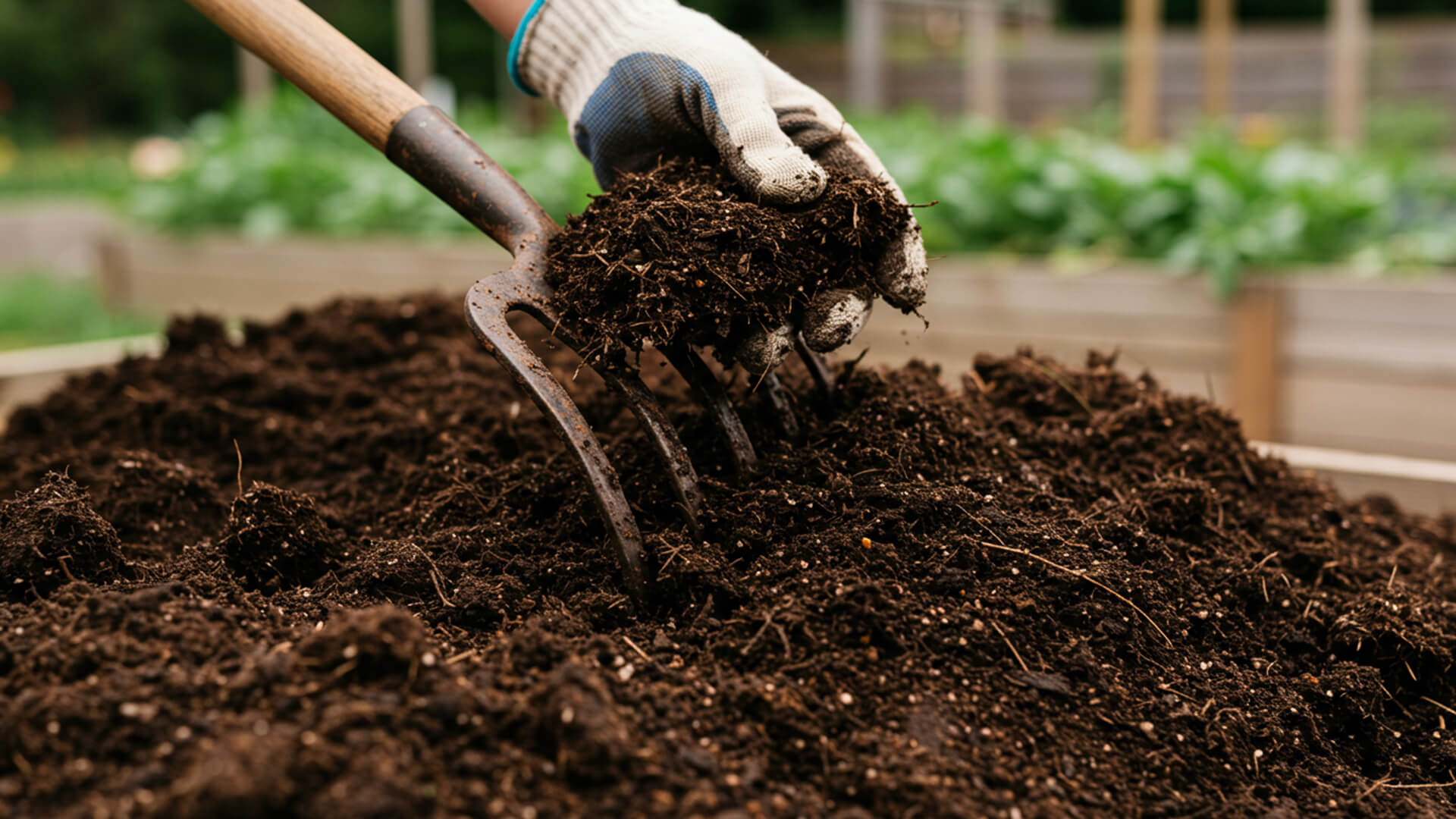Regenerative Agriculture: Reclaiming Soil Health
27 Şubat 2025Regenerative agriculture offers a solution to one of the biggest challenges facing modern farming—soil erosion and loss of fertility. Gaining increasing importance in recent years, this agricultural approach aims to restore soil health through sustainable methods.
In this article, we will explore the benefits of regenerative agriculture, how it improves soil health, and the long-term gains that can be achieved through this method.
What is Regenerative Agriculture?
Regenerative agriculture is an approach that focuses on maintaining and enhancing the natural structure of soil, unlike traditional farming methods. In this approach, organic materials and natural techniques are used instead of chemical fertilizers and pesticides. This allows the soil to regenerate over time, making agricultural areas more productive.
The Importance of Soil Health
Soil health directly affects agricultural productivity. Healthy soils retain water effectively, assist plants in absorbing nutrients, and help maintain ecological balance. When soil health deteriorates, significant problems like productivity loss, erosion, and water pollution arise. Therefore, regenerative agriculture plays a critical role in restoring soil health.
Methods of Regenerative Agriculture
- Natural Fertilization and Composting: Instead of using chemical fertilizers, organic materials are used to improve soil structure. Compost and green manures enhance soil nutrient content, support microbial diversity, and improve water retention capacity.
- Crop Rotation and Polyculture Practices: Planting different crops together prevents harmful organisms from proliferating and improves soil health. Crop rotation reduces pressure on the soil as specific crops follow one another.
- Soil Covering and Mulching: Covering the soil with organic mulch helps prevent soil erosion and reduces water loss. This method is particularly effective in hot climate regions.
- Minimum Tillage and No-Till Farming: Excessive tilling damages soil structure and negatively impacts microbial life. No-till farming leaves the soil undisturbed, allowing plant roots to develop healthily.
Benefits of Regenerative Agriculture
- Improved Soil Health: Regenerative agriculture prevents soil erosion and strengthens the soil microbiome, making the soil healthier and more productive over time.
- Reduction in Greenhouse Gas Emissions: By adding organic material to the soil, this farming method enhances carbon sequestration, helping to reduce greenhouse gases in the atmosphere and combat climate change.
- Water Management: Regenerative agriculture methods ensure more efficient water usage. As soil organic matter increases, the soil’s capacity to retain water improves, resulting in better yields even during drought periods.
- Increased Biodiversity: Regenerative agriculture practices positively impact ecosystems. The coexistence of different plant species increases biological diversity and creates a natural balance to combat pests.
Economic Benefits of Regenerative Agriculture
The long-term economic benefits of regenerative agriculture are substantial. Improving soil health boosts productivity, allowing farmers to be less reliant on external inputs. The reduction in chemical fertilizers and pesticide use lowers costs. Furthermore, environmentally-friendly practices like carbon credits provide opportunities for additional income.
Regenerative agriculture offers a powerful solution to restore soil health and enhance environmental sustainability. By preserving natural balances, it ensures the healthy functioning of ecosystems. Soil health preservation is crucial not only for agriculture but also for the future of the entire planet. Therefore, the widespread adoption of regenerative agriculture will bring significant environmental and economic benefits.





